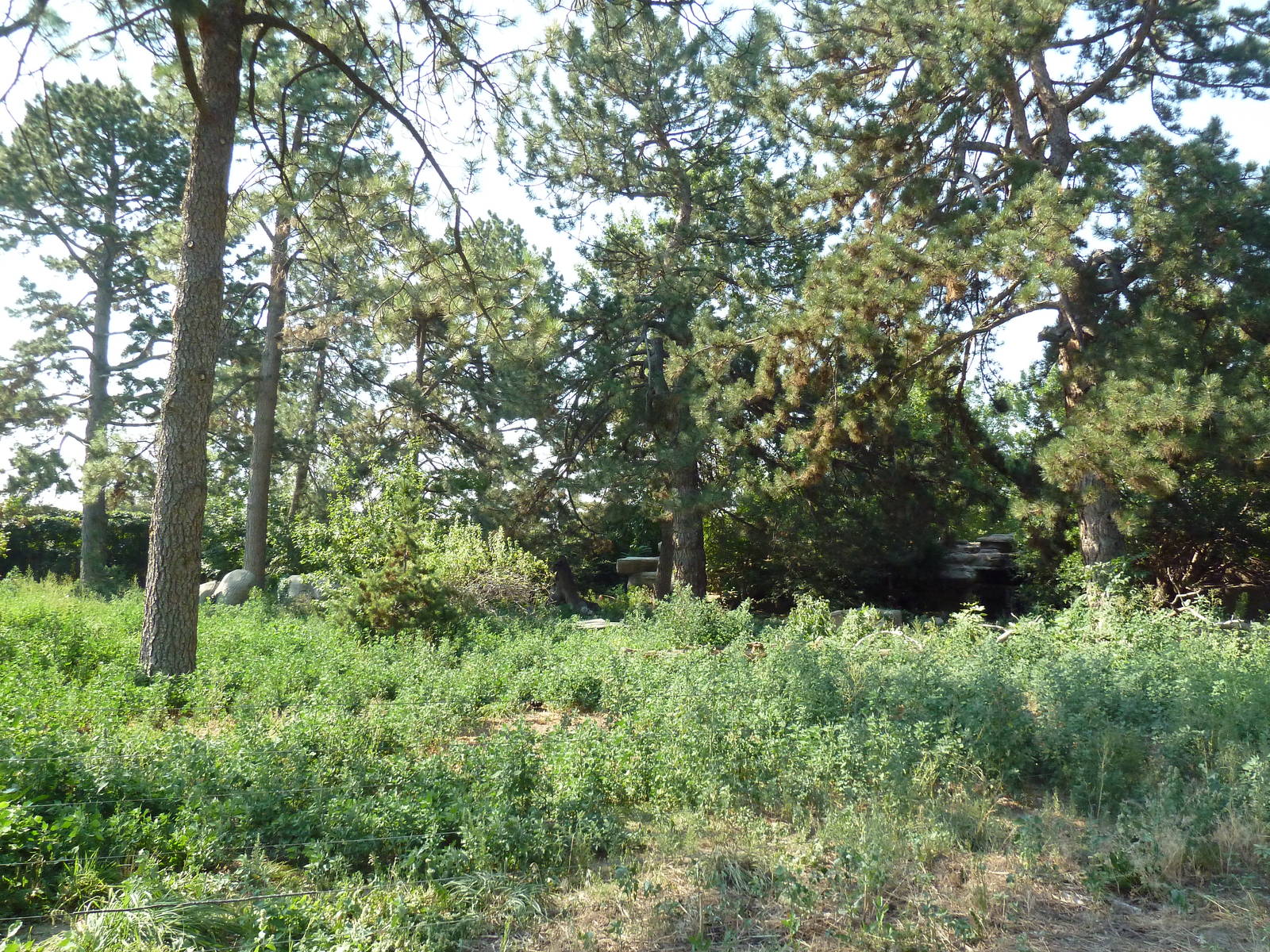A pack of woods is a popular choice for smoking enthusiasts and is widely available in the market. Known for their natural flavor and smooth burn, woods offer a unique and enjoyable smoking experience. The price of a pack of woods can vary depending on the brand, quantity, and quality, with options available for every budget. Whether you’re a seasoned smoker or just starting out, investing in a pack of woods can enhance your smoking sessions and provide you with a satisfying and aromatic experience.

Factors Affecting the Cost of Wood Packs
Wood packs, also known as wooden crates or pallets, are widely used for packaging and transporting goods. The cost of wood packs can vary depending on several factors. In this section, we will discuss the key factors that affect the cost of wood packs.

1. Size and Dimensions
The size and dimensions of a wood pack play a significant role in determining its cost. Larger wood packs require more wood material and additional labor for construction, which can increase the overall cost. Similarly, wood packs with non-standard dimensions or custom designs may incur higher costs due to the need for specialized manufacturing processes.
2. Wood Material
The type of wood used for constructing the wood packs is another factor that affects the cost. Different types of wood have varying levels of availability and cost. Commonly used wood materials for wood packs include softwoods like pine and spruce, and hardwoods like oak and mahogany. Hardwoods are generally more expensive than softwoods, which can impact the overall cost of the wood pack.
3. Wood Quality
The quality of the wood used for the construction of wood packs also influences the cost. Higher quality wood, such as kiln-dried or heat-treated wood, is often more expensive due to the additional processes involved in preparing the wood. High-quality wood packs provide better durability and resistance to environmental factors, which can be beneficial for certain applications but may come at a higher cost.
4. Quantity
The quantity of wood packs ordered can affect the cost per unit. Bulk orders often allow for economies of scale, leading to a lower cost per unit. Suppliers may offer volume discounts or special pricing for larger orders, which can help reduce the overall cost for customers. On the other hand, smaller orders may incur higher costs due to setup and handling charges.
5. Additional Features
Additional features or customization requirements can also impact the cost of wood packs. For example, if a wood pack needs to be treated for pest control or coated with protective finishes, it can result in an increase in the overall cost. Similarly, the inclusion of handles, hinges, or other hardware components can add to the cost of the wood pack.
6. Market Conditions
Market conditions, such as supply and demand dynamics, can also influence the cost of wood packs. If there is a shortage of wood or a high demand for wood packs, the prices may increase. Conversely, during periods of low demand or excess supply, the cost of wood packs may be lower. Market conditions can fluctuate over time, so it is essential to consider these factors when estimating the cost of wood packs.
7. Transportation and Logistics
The cost of transporting wood packs can also impact the overall cost. If the wood packs need to be shipped over long distances or require special handling, it can add to the transportation expenses. Factors such as fuel costs, shipping fees, and logistics complexity can contribute to the final cost of the wood packs.
In summary, the cost of wood packs is influenced by various factors including size, wood material, quality, quantity, additional features, market conditions, and transportation logistics. By considering these factors, customers can make informed decisions and choose wood packs that best suit their requirements while managing costs effectively.

Where to Buy Affordable Wood Packs
If you’re a woodworking enthusiast or DIYer, you know the importance of having a good supply of wood. Whether you’re building furniture, crafting small projects, or creating decorative items, having access to affordable wood packs is essential. In this section, we will explore different options for buying affordable wood packs.
1. Local Hardware or Home Improvement Stores
One of the most common places to buy wood packs is your local hardware or home improvement store. These stores often have a dedicated section for lumber and wood products, where you can find a variety of wood packs. They typically offer different types of wood, such as pine, oak, birch, and more. Prices may vary depending on the type and quality of the wood.
2. Online Marketplaces
The internet has revolutionized the way we shop, and buying wood packs is no exception. Online marketplaces like Amazon, eBay, and Etsy offer a wide range of wood packs from various sellers. You can easily browse through a vast selection of options and compare prices. It’s essential to read reviews and check seller ratings before making a purchase to ensure the quality of the wood.
3. Specialty Wood Suppliers
If you’re looking for specific types of wood or higher-quality options, consider reaching out to specialty wood suppliers. These suppliers focus on providing a wide range of wood species and grades for different woodworking needs. They often have knowledgeable staff who can assist you in choosing the right wood for your project. While specialty wood suppliers may have slightly higher prices, the quality and selection they offer can be worth the investment.
4. Local Sawmills
If you’re willing to put in some extra effort and perhaps have a more hands-on experience, local sawmills can be an excellent option for buying affordable wood packs. Sawmills often have a variety of wood species available, and you may even have the opportunity to select and cut the wood yourself. Prices at sawmills can be lower than at retail stores, but keep in mind that you may need to transport the wood yourself.
5. Woodworking Associations and Clubs
Woodworking associations and clubs are not only great for networking and learning, but they can also provide resources for buying affordable wood packs. Many associations have partnerships or connections with local suppliers, which can result in discounted prices or exclusive deals for members. Joining these associations or clubs can give you access to a community of experienced woodworkers who can guide you in finding the best places to buy wood.
6. Salvage Yards and Reclaimed Wood Sources
If you’re interested in incorporating reclaimed or salvaged wood into your projects, salvage yards and reclaimed wood sources are worth exploring. These places offer wood that has been repurposed from old structures or furniture, giving it a unique character. While prices can vary, using reclaimed wood not only adds an eco-friendly aspect to your projects but also can be more affordable compared to buying new wood.
7. Local Classifieds and Online Forums
Lastly, don’t overlook local classifieds and online woodworking forums. Many individuals sell wood packs directly through these platforms at competitive prices. It’s worth checking out classified ads in your area or joining online woodworking communities where members often trade or sell wood packs. You might discover hidden gems and excellent deals by connecting with fellow woodworking enthusiasts.
In summary, there are several options when it comes to buying affordable wood packs. From local hardware stores to online marketplaces and specialty suppliers, you have a variety of choices to suit your woodworking needs and budget. Consider exploring different sources, reading reviews, and comparing prices to find the best options for your projects. Happy woodworking!

Comparing the Prices of Wood Packs from Different Brands
When it comes to purchasing wood packs for various woodworking projects, it’s important to consider the prices offered by different brands. The cost of wood packs can vary significantly depending on the brand, the type of wood, and the quantity included in each pack. In this section, we will compare the prices of wood packs from different brands to help you make an informed decision.
Brand A
Brand A offers a range of wood packs that cater to different woodworking needs. Their prices vary based on the type of wood used and the size of the pack. For example, a small pack of hardwood may cost $X, while a larger pack of the same wood could cost $Y. It’s worth noting that Brand A is known for its high-quality wood, which can justify the slightly higher price point.
Brand B
Brand B specializes in providing affordable wood packs without compromising on quality. Their prices are generally lower compared to other brands in the market. For instance, a medium-sized pack of softwood may cost $X, while a similar pack from Brand A could be $Y. This makes Brand B a popular choice among budget-conscious woodworkers who don’t want to compromise on the quality of their materials.
Brand C
Brand C offers a wide range of wood packs that cater to both professional woodworkers and hobbyists. Their prices are competitive and often fall within the average range. The cost of wood packs from Brand C may vary depending on the type of wood and the quantity included in the pack. For example, a pack of exotic wood may be priced higher than a pack of common hardwood. However, overall, Brand C provides a good balance between price and quality.
Brand D
Brand D is known for its premium wood packs that are specially curated for professional woodworkers. The prices of their wood packs tend to be higher compared to other brands in the market. This is because Brand D sources high-quality wood from sustainable forests and ensures each pack meets stringent quality standards. While their prices may be on the higher side, the superior quality of their wood packs justifies the investment for serious woodworkers.
In summary, when comparing the prices of wood packs from different brands, it’s important to consider factors such as the type of wood, pack size, and the brand’s reputation for quality. Brand A offers high-quality wood packs at a slightly higher price point. Brand B provides affordable options without compromising on quality. Brand C offers a good balance between price and quality. Brand D specializes in premium wood packs for professional woodworkers. Consider your budget and woodworking needs before making a decision.
Tips for Budget-Friendly Wood Shopping
When it comes to woodworking projects, finding high-quality wood at an affordable price is essential. Whether you’re a beginner or a seasoned woodworker, here are some tips to help you shop for wood on a budget:
1. Research Local Wood Suppliers
Start by researching local wood suppliers in your area. Look for places that specialize in selling wood specifically for woodworking projects. These suppliers often offer a wide variety of wood species and can provide valuable advice on the best types of wood for your project. Additionally, buying from local suppliers can help you save on shipping costs.
2. Consider Reclaimed Wood
Reclaimed wood is a cost-effective and sustainable option for woodworking projects. Look for local salvage yards, architectural salvage stores, or online marketplaces that sell reclaimed wood. Not only will you find unique pieces with character, but you’ll also be contributing to environmental conservation.
3. Buy in Bulk
If you have multiple projects lined up or you’re working on a large-scale project, consider buying wood in bulk. Many wood suppliers offer discounts for purchasing larger quantities of wood. This can significantly reduce the overall cost per board foot, making it a cost-effective option in the long run.
4. Opt for Lower Grade Wood
If you’re not concerned about having flawless wood surfaces, opting for lower grade wood can save you money. Lower grade wood may have knots, blemishes, or other imperfections, but it can still be used for many woodworking projects. These imperfections can even add character and uniqueness to your finished pieces.
5. Attend Woodworking Expos and Trade Shows
Woodworking expos and trade shows are great places to find wood at discounted prices. Many suppliers and vendors offer special deals and promotions during these events. It’s also an excellent opportunity to connect with other woodworkers, learn new techniques, and gather inspiration for your future projects.
6. Compare Prices
Before making a purchase, take the time to compare prices from different wood suppliers. Prices can vary significantly, so shopping around can help you find the best deals. Don’t forget to consider factors like shipping costs, wood quality, and customer reviews when comparing prices.
7. Join Woodworking Forums and Communities
Online woodworking forums and communities are valuable resources for finding budget-friendly wood. Members often share tips, recommendations, and even classified ads for selling or trading wood. Engaging with these communities can help you discover local sellers or discounted wood options you may have otherwise missed.
8. Plan and Measure Carefully
Meticulous planning and measurement can help you minimize waste and save money on wood. Before making any purchases, create a detailed plan for your project, including accurate measurements. This way, you can determine the exact amount of wood you need and avoid unnecessary expenses.
9. Consider Alternative Wood Sources
Expand your search beyond traditional wood suppliers. Look for alternative wood sources such as local sawmills, woodworking schools, or even tree removal services. Some of these sources may offer wood at lower prices or even for free if you’re willing to process the wood yourself.
10. Learn to Work with Small Offcuts
Being able to work with small offcuts can help you save money by utilizing leftover wood from previous projects or scraps. Learn techniques for joining small pieces together to create larger panels or incorporate them into smaller woodworking projects.
By following these budget-friendly wood shopping tips, you can find high-quality wood for your woodworking projects without breaking the bank. Remember to prioritize value and quality over cost alone, ensuring that your finished pieces stand the test of time.
FAQs
How much does a pack of woods cost?
The price of a pack of woods can vary depending on the brand and quantity. On average, a pack of woods can cost between $1 and $10.
Conclusion:
In conclusion, the price of a pack of woods may vary depending on various factors. However, it is essential to consider the quality and brand of the woods before making a purchase. While some packs may be more affordable, they might not offer the same level of durability or performance. It is advisable to do thorough research and compare prices from different suppliers to ensure you get the best value for your money. Additionally, keep in mind that investing in high-quality woods can contribute to the overall success and longevity of your project, making it a worthwhile investment in the long run.